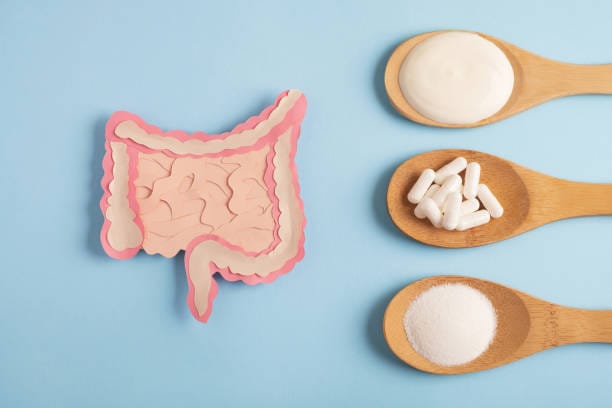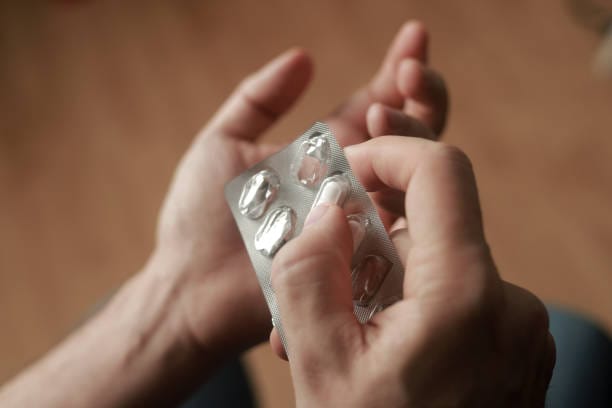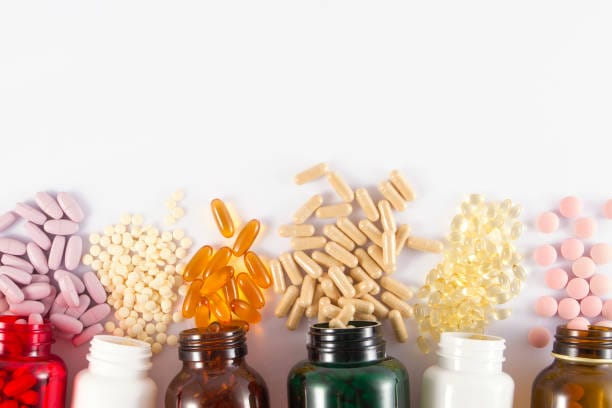- Aeviva
- Posts
- Probiotics vs. Prebiotics vs. Antibiotics
Probiotics vs. Prebiotics vs. Antibiotics
Discover how probiotics, prebiotics, and antibiotics play a role in your gut health—and why proper use is essential.
The human gut is a bustling ecosystem filled with trillions of microorganisms. It affects everything from digestion to mood, immunity, and overall wellness. When we talk about gut health, three major terms come up—probiotics, prebiotics, and antibiotics.
But what’s the difference between them? How do they affect your body, and why should you care? From supporting beneficial bacteria to fighting infections, understanding their roles will help you make better decisions for your health. Let’s explore how each impacts your body and why balance is key
Eat healthier. Live better.
Save hours planning, shopping, and cooking like millions of other Americans already shopping with Hungryroot.
Healthier and tastier customized meal plans mean you can achieve your goals on your terms. More veggies? Less sodium? Hungryroot has you covered.
Not sure where to start? Take the quick and easy quiz to get customized recommendations you'll love. Hungryroot is even throwing one free item plus 30% off your 1st delivery if you take the quiz today.
What Are Probiotics?
Probiotics are live microorganisms, often called "good bacteria," that restore and maintain a healthy balance in your gut microbiome.
Why They’re Important:
They aid digestion by helping break down nutrients like lactose.
Strengthen immunity by enhancing the gut barrier.
Improve conditions like bloating, diarrhea, and even mental health through the gut-brain axis.
Common Probiotic Strains:
Lactobacillus acidophilus: Improves digestion and helps manage diarrhea.
Bifidobacterium bifidum: Supports immunity and reduces inflammation.
Saccharomyces boulardii: A probiotic yeast that helps prevent antibiotic-associated diarrhea.
💡 Daily Intake: While there’s no one-size-fits-all dosage, experts suggest a daily dose of 10–20 billion CFUs (colony-forming units) for general gut health.
Sources: Yogurt, kefir, kimchi, sauerkraut, miso, and high-quality supplements.

What Are Prebiotics?
Prebiotics are non-digestible fibers that serve as food for probiotics, helping the good bacteria grow and thrive.
Why They’re Important:
They encourage the growth of beneficial bacteria in the gut.
Improve mineral absorption, like calcium, promoting stronger bones.
Reduce gut inflammation and enhance overall digestion.
💡 Common Sources:
Bananas, onions, garlic, asparagus, leeks, oats, and apples.
💡 Fun Fact: Prebiotics act as “fertilizer” for your gut microbiome, ensuring probiotics work effectively.
Probiotic-Prebiotic Connection: Prebiotics and probiotics work in synergy. For example, combining yogurt (probiotic) with a banana (prebiotic) creates a powerful gut-healing snack.
What Are Antibiotics?
Antibiotics are medications designed to kill or inhibit harmful bacteria. They’re lifesaving tools in fighting bacterial infections, but they can also impact your gut’s delicate balance.
Why They’re Important:
Treat infections like strep throat, pneumonia, and urinary tract infections (UTIs).
Help prevent complications from bacterial infections in wounds or surgeries.
How They Work: Antibiotics target harmful bacteria by interfering with their cell walls, DNA, or proteins. However, they don’t discriminate—they also kill beneficial gut bacteria, leading to imbalances.

Common Types of Antibiotics and Their Uses:
Penicillin: Effective against infections like strep throat.
Ciprofloxacin: Used for UTIs and respiratory infections.
Amoxicillin: Treats bacterial sinus infections and ear infections.
💡 Side Effects of Antibiotics:
Diarrhea: Caused by the destruction of good bacteria in the gut.
Nausea, fatigue, and, in rare cases, allergic reactions.
The Importance of Following Your Prescription:
Always complete the full course of antibiotics, even if you feel better midway through. Stopping early can lead to antibiotic resistance, where bacteria evolve to become immune to the medication.
The Role of Gut Health Post-Antibiotics
Since antibiotics can disrupt your gut microbiome, recovery is crucial after a course of treatment.
Steps to Rebalance Gut Health:
Take a probiotic supplement containing Saccharomyces boulardii or Lactobacillus rhamnosus GG to prevent antibiotic-associated diarrhea.
Eat prebiotic-rich foods to fuel the growth of good bacteria.
Avoid high-sugar and processed foods, as they promote the growth of harmful bacteria.
💡 Fun Fact: Your gut microbiome can start to recover within 2 weeks, but full restoration may take months depending on the severity of disruption.
Are There Supplements That Naturally Boost Gut Health?
Certain natural compounds and supplements can help maintain a healthy microbiome and support your gut without antibiotics:
Fiber Supplements: Encourage prebiotic activity and regular digestion.
Probiotic Blends: Contain specific strains to target gut health.
Fermented Foods: Like kombucha and kimchi provide both probiotics and prebiotics.

Did You Know?
💡 Fact: Skipping or misusing antibiotics can lead to antibiotic resistance, which is one of the greatest global health threats today. Always complete the prescribed course to ensure full recovery and prevent resistant bacteria from developing.
Probiotics, prebiotics, and antibiotics each serve unique roles in your body, from restoring gut balance to treating life-threatening infections. While probiotics and prebiotics nurture your microbiome, antibiotics are essential tools in modern medicine when used responsibly.
Maintaining balance is key—take antibiotics only when prescribed, replenish your gut with probiotics, and fuel them with prebiotic-rich foods. Your gut is at the core of your health, and taking care of it means taking care of your entire body.
Take-Home Message
Probiotics: Live bacteria that support digestion, immunity, and overall gut health.
Prebiotics: Non-digestible fibers that feed probiotics and promote good bacteria growth.
Antibiotics: Medications for fighting bacterial infections but can disrupt gut flora.
Always complete antibiotic courses and rebalance your microbiome afterward with probiotics and prebiotics.


Reply